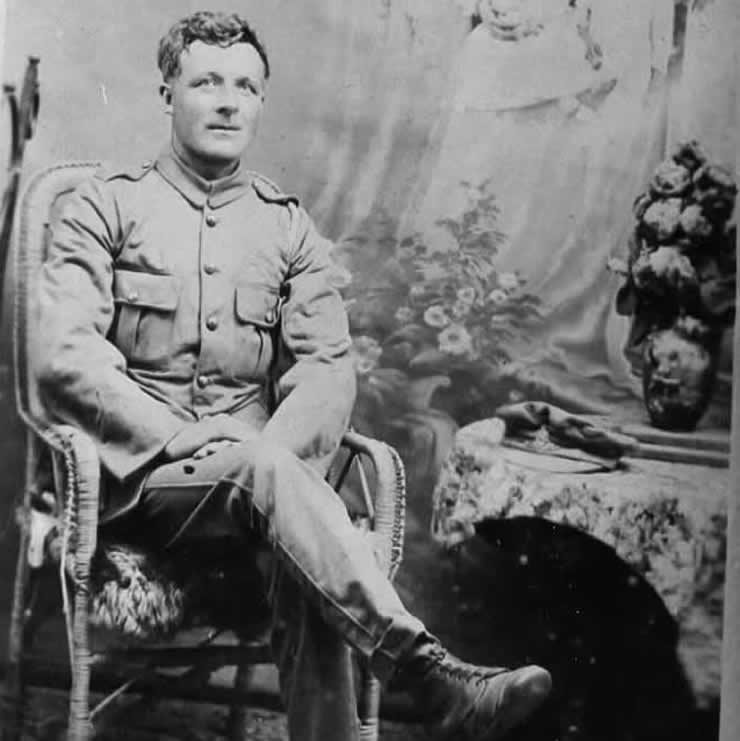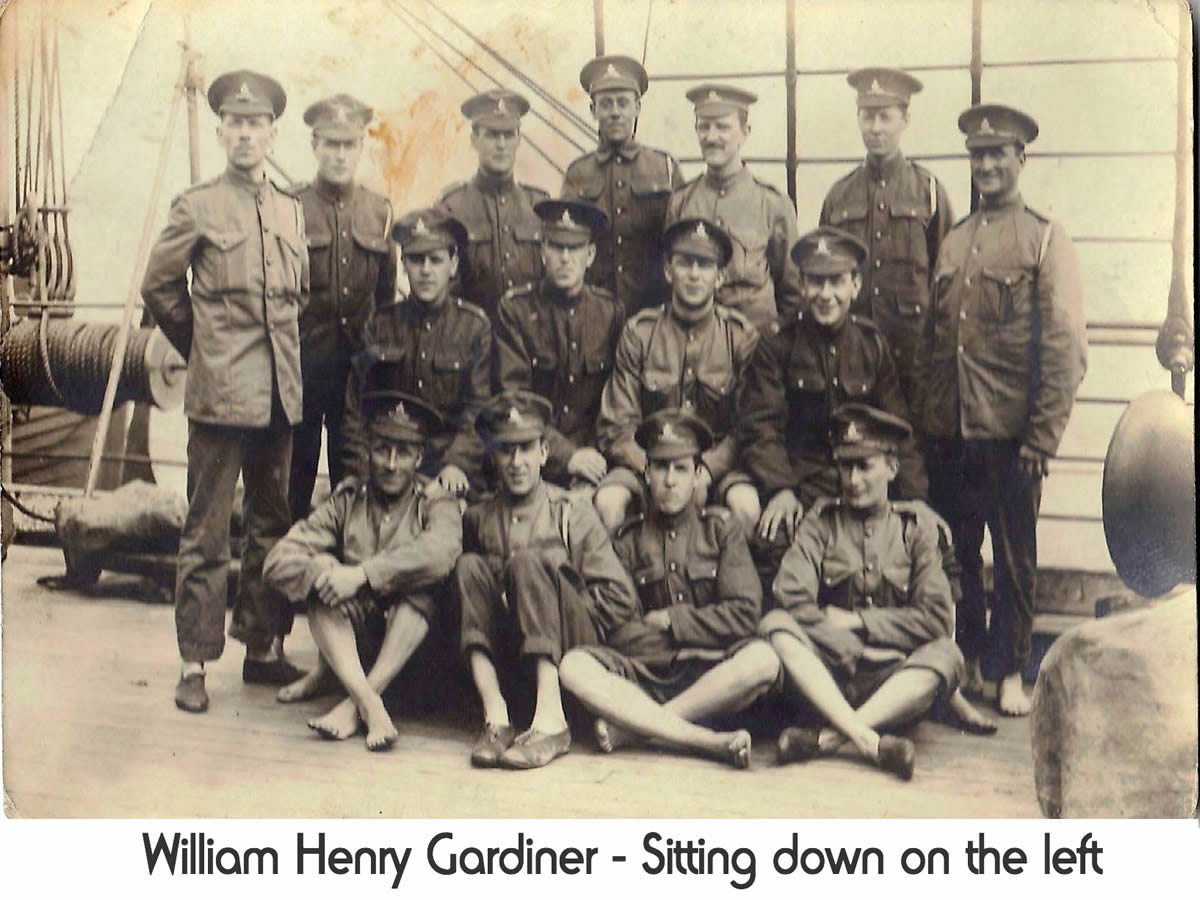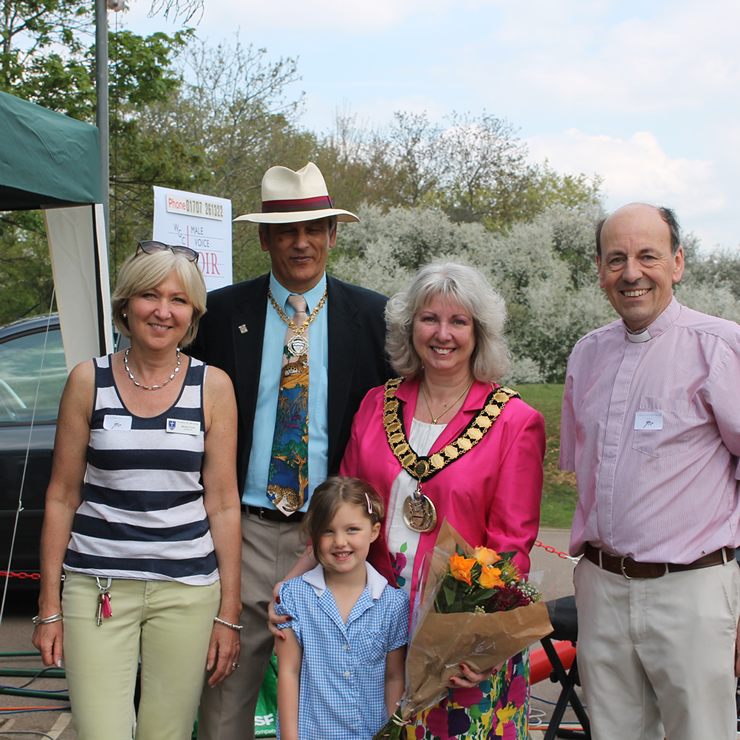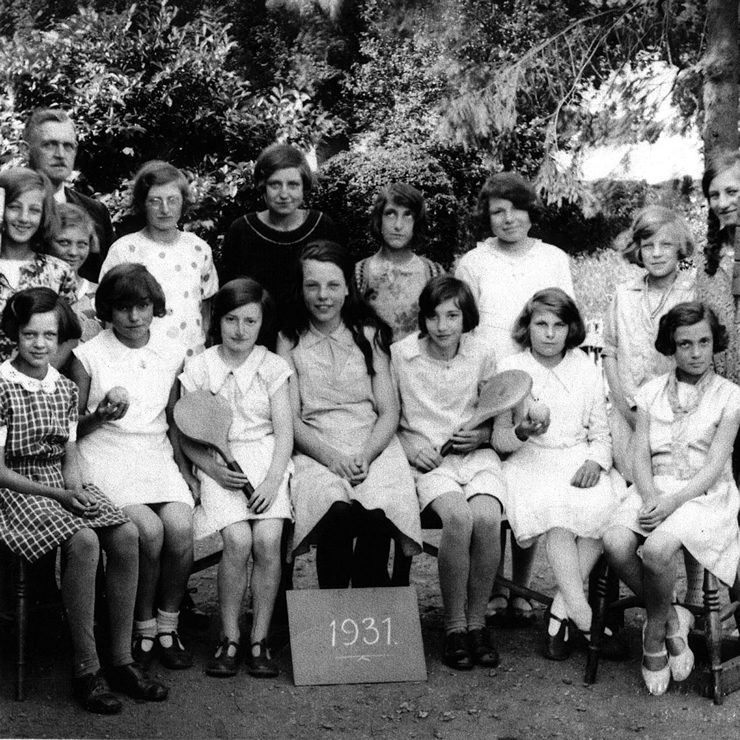TL2020
The Education Act of 1870 required provision be made for all children to have the opportunity for an education. Prior to this date few children, other than those from wealthy families, were able to attend any type of school. On the 4th March 1872, the first entry in the Head Teacher’s Log Book was made by Mrs Mary Seaman, the first Head Teacher. On that day, seventy-seven children, ranging in age from three to thirteen, were enrolled. They were divided into two classes - one being taken by Mrs Seaman and the other by her husband Walter, her assistant. They were all taught in one room, the room now used as the dining room in the oldest part of the school. The school was approved by the Government on the 16th May 1872.
This page examines the life of William Henry Gardener. Admission Number:646
William Henry Gardener attended St Johns from June 13th to Jan 8th 1904
Date of Birth:Aug 6th 1889 . Parents: Rose :
Lived at Cromer Hyde
Left St John’s due to starting work at Brocket
William Henry Gardiner By Doreen WrightWilliam was born on 6th August 1889 his mother was a domestic servant in London earning 4/7 per week. On 26th September 1889 he was boarded out by the Waifs and Strays Society to Mrs Susan Tulley aged 54 who lived along with her husband John aged 58, their daughter Louisa and Harriet Hill (daughter by Susan’s 1st marriage) in a Clapboard House in Cromer Hyde. She already had two other Waifs Arthur Seymore and Roland Rouse. William went to St John’s Lemsford on 13/6/1894 and left 8/1/1904 to work as a Gardener at Brocket Hall
William remained with his foster parents even after the Society removed him from their books in 1903 as he was considered old enough (14years old) to take care of himself. He married Susan Tulley’s granddaughter Mabel Hill on 4th Nov 1911, they all lived in the Clapboard Cottage in Cromer Hyde. The cottage had two double bedrooms, a large front room (used as a bedroom by Susan and John Tulley), a big living room, a narrow scullery and a dairy lean to at the back. Outside was a large washhouse with a copper and a baker’s oven.
William at one time worked at Hatfield House, then employed at Brocket Hall. At the time of his marriage his pay rose from 15 shillings to 17 shillings 6pence a week on his wedding day. This was followed by 2 shillings 6 pence on the birth of each child. Anne Louise was born in 1912, William George in 1914, Lily Rose 1916 and Lucy in 1931.Susan Tulley died in July 1917. She was born, lived all her life and died in the same cottage; she was one of the oldest parishioners in the village.
The following information was taken from William’s military records on Ancestry: 6th June 1916 William first joined for duty at Woolwich; in March 1917 was called up for service, where he became Gunner Gardiner W.H. Army No. 206280. After basic training he was posted to ‘W’ Battery R.H.A. He served in India and Mesopotamia.
On 21st April 1918 he was admitted to the Field Hospital where he remained until 19th May 1918, he then re-joined his troop. Unfortunately, he was re-admitted to the Field Hospital 7 days later on 26 May 1918 and remained in there until 24th August 1918. William had to remain in India for most of 1919 to help with the civil unrest. He was demobilized on 15th September 1919 and embarked on-board the ‘MARGHA’ on the 16 September 1919 for the U.K.
Lemsford News August 1917
Obituary – On Tuesday, 24th July, the funeral took place of Mrs Tulley of Cromer Hyde, who passed away on the 19th after an illness of many weeks. In her we have lost one of our oldest parishioners, her long and useful life of 83 years has been spent in the house in which she was born, and in which she died. We should like to add a word of sympathy for William Gardiner, who was brought up by Mrs Tulley; he is now in India with the R.H.A. We are sure he will feel his loss very keenly. In Dec 1918 John Tulley died in the Union Infirmary, Hatfield he had been ill for quite a while.
A family album held a collection of post cards of views sent from such places as Bombay, Kirkee, Poona, Musoorie, Cawnpore, Umballa, with scenes of the British Cemetery at Meerut, few carried a date and postmarks were blurry.
On his return to Cromer Hyde his 8-year-old daughter Annie ran from the gate to her mother shouting “Daddy is coming up the lane” quite remarkable in the circumstances as she hadn’t seen her father since she was 4 years old.
An extract from his grandson’s family history
These three years away fighting had changed grandfather, he was always reticent about his military service, at times however hints at being in a midnight engagement proved to be more than a mere moonlight saunter than he would have the family believe. The records show that on the 5/6th March 1918, ‘W’ battery was covering the Aleppo Road from the Wadi Hauran, on the Euphrates River. It was acting in close support of a cavalry charge which rounded up a thousand or more Turks from a force attempting to make a fighting retreat north. He was in the thick of things in October, on the banks of the Tigris River and was at Mosul when it fell without a fight.
Some of the memories of Annie Louise Gardiner
During the war we would get a lot of the people from the village up our old house, as they thought it was ‘safe’ from the Zeppelin’s particularly if there was moonlight, they thought our house was the only one whose windows didn’t show up. Whether or not this was correct I really don’t know. I recall watching from the garden on the 3rd September 1916 the airship coming down over Cuffley; it was like a flaming cigar. We also saw the reflection and heard the explosion of the Silver Town Munitions Factory in West Ham on the 19th January 1917 blowing up.
On Armistice in 1919, the big girls at school (Lemsford) rang the school bell and broke the rope (it never got mended) and I was heaved up to grab the end. Our family belonged to the “Children’s Union”. (Part of the Waifs and Strays Society). We used to attend meetings and help raise funds. In September some of the fields belonging to the farm used to have lots of mushrooms, the women from the bottom of the lane used to come up about 5 am with clothes baskets to pick them and take them to St. Albans market. The journey to school used to be fun as we used to run behind a milk cart (with churns for Hatfield Station) or a Foden lorry, doing the same job. There was no school uniform the only thing we had was a little pill box hat, kept on by elastic. We had to take our dinner to school and in the dinner hour used to go down to Lemsford to the little shop which sold everything from tallow candles to bacon, sweets and cottons, to get anything wanted at home.
In October we had two weeks off from school for potato picking, and most children were expected to earn enough to buy their winter boots.
St Johns School Lemsford Info
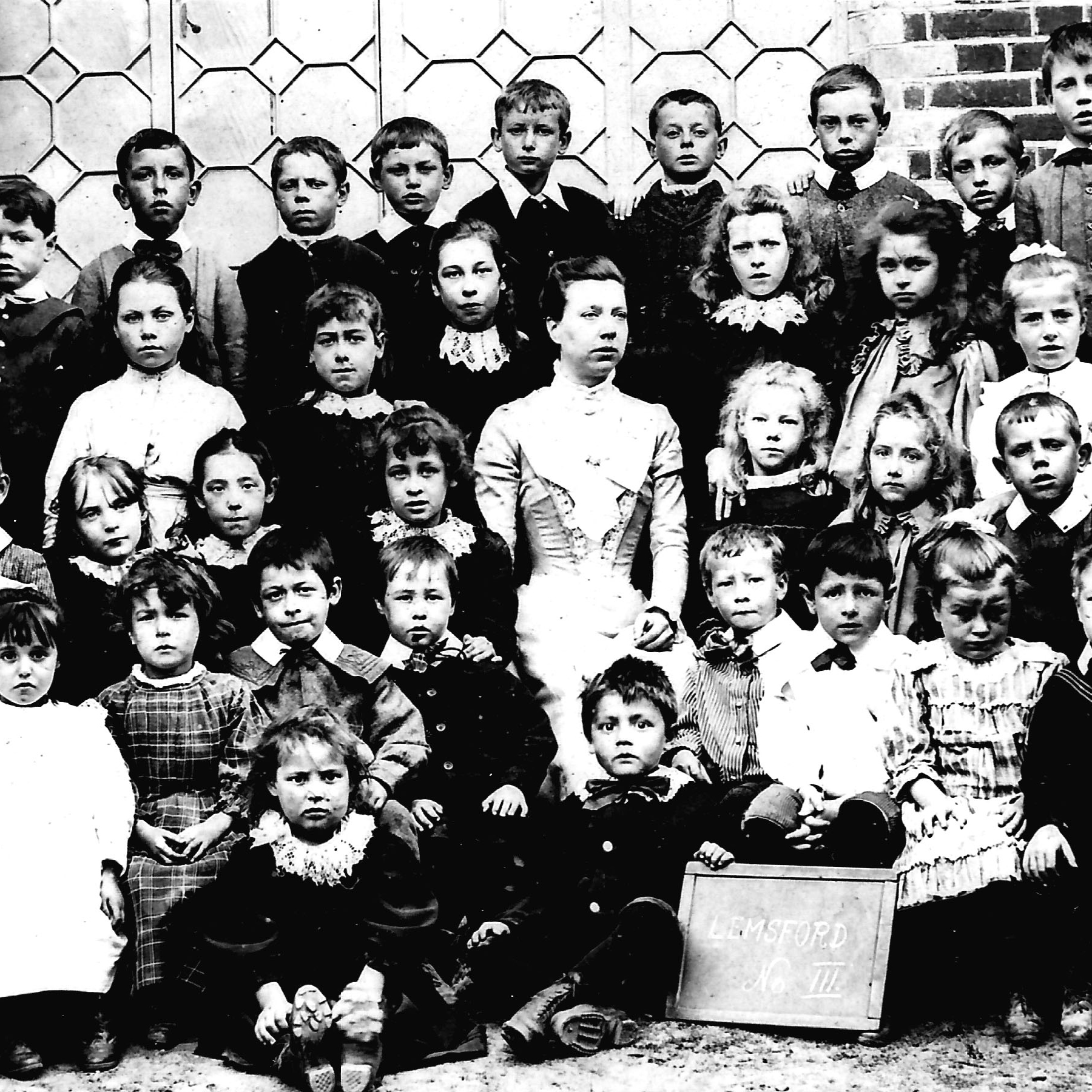
Lemsford Local History group have decided to dedicate 2022 to working with St John’s School to celebrate the school’s 150-year anniversary. This website is also dedicated to this special year. On the 4th of March 1872, the first entry in the Head Teacher’s Log Book was made by Mrs Mary Seaman, first Head Teacher. On that day, seventy-seven children, ranging in age from three to thirteen, were enrolled. They were divided into two classes - one being taken by Mrs Seaman and the other by her husband Walter, her assistant. They were all taught in one room, the room now used as the dining room in the oldest part of the school. The school was approved by the Government on the 16th of May 1872. We hope the school, local community, and anyone with an interest in St Johns school will Contribute Articles, memories, and images to this Website. Email info@lemsfordhistory.co.uk
- St Johns School index page- Learn More
- Johns School Time Line - Learn More
- St Johns School Articles - Learn More
- St Johns School Class Photos - Learn More
- St Johns School Head Teachers - Learn More
- St Johns School Gallery - Click Here - Learn More

